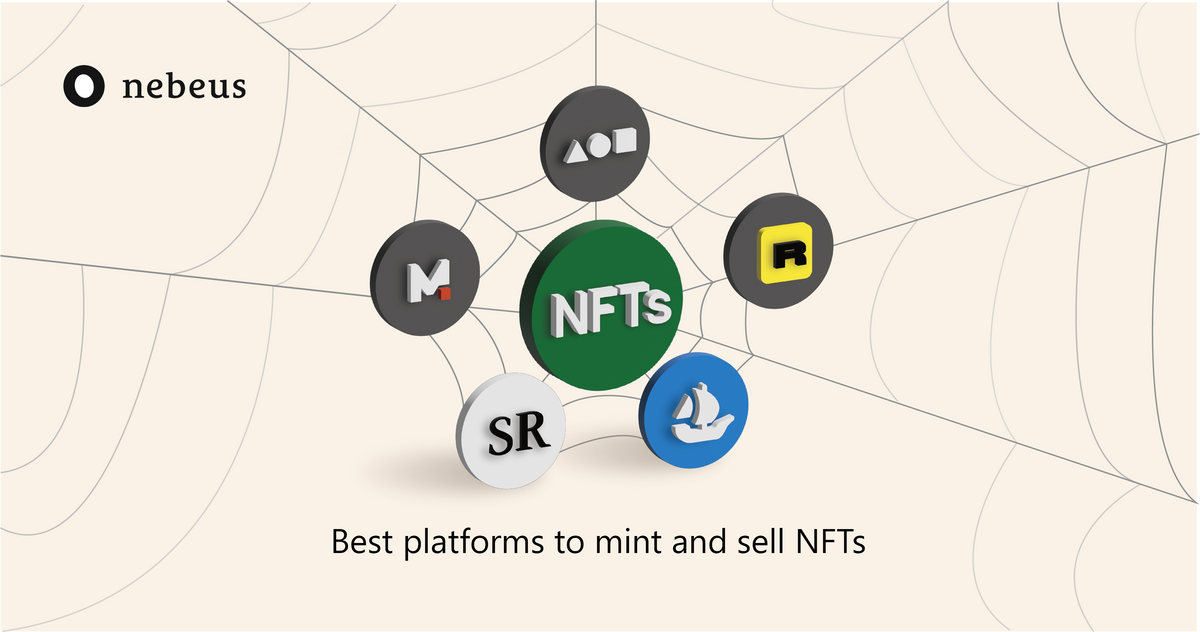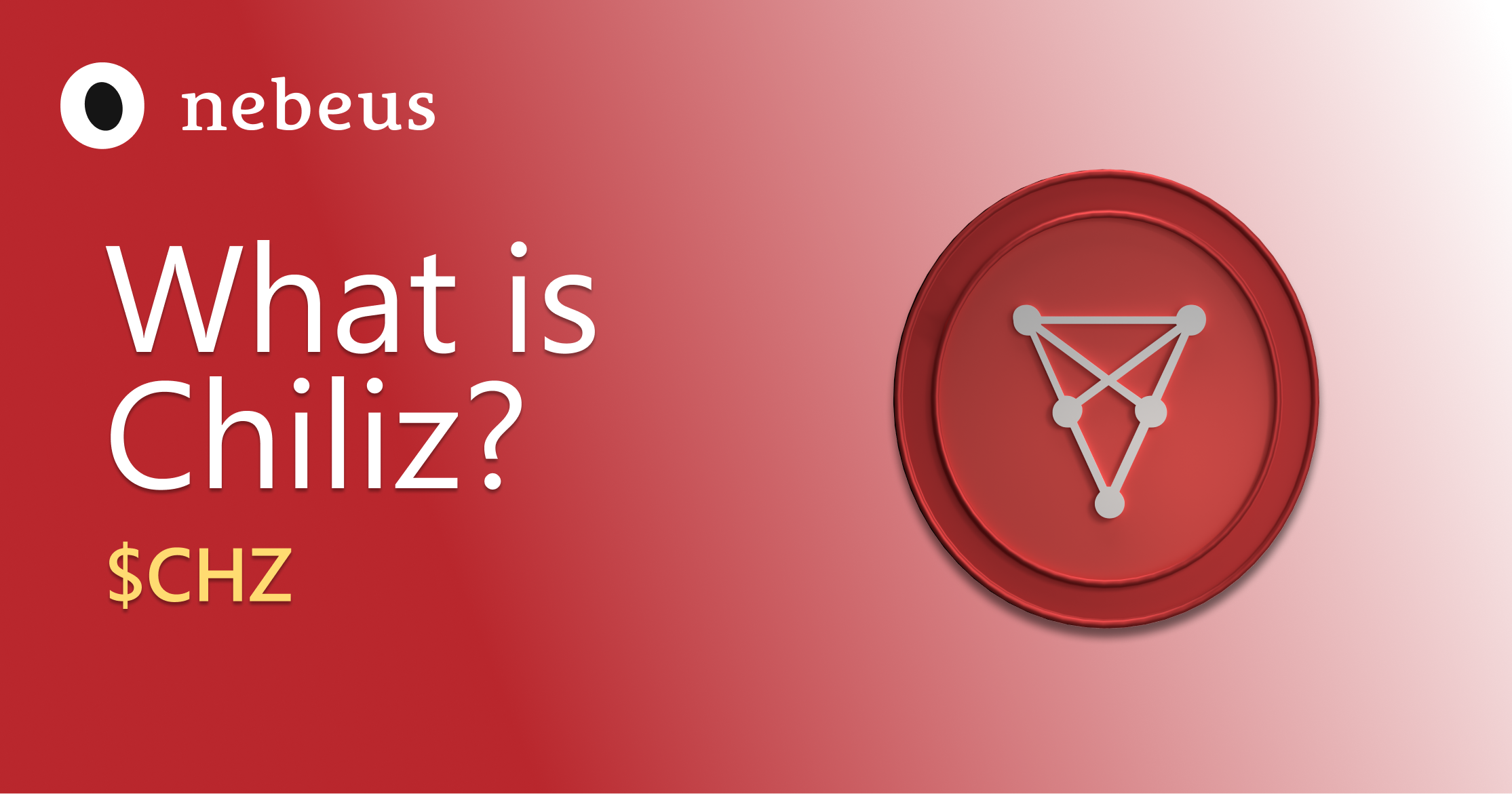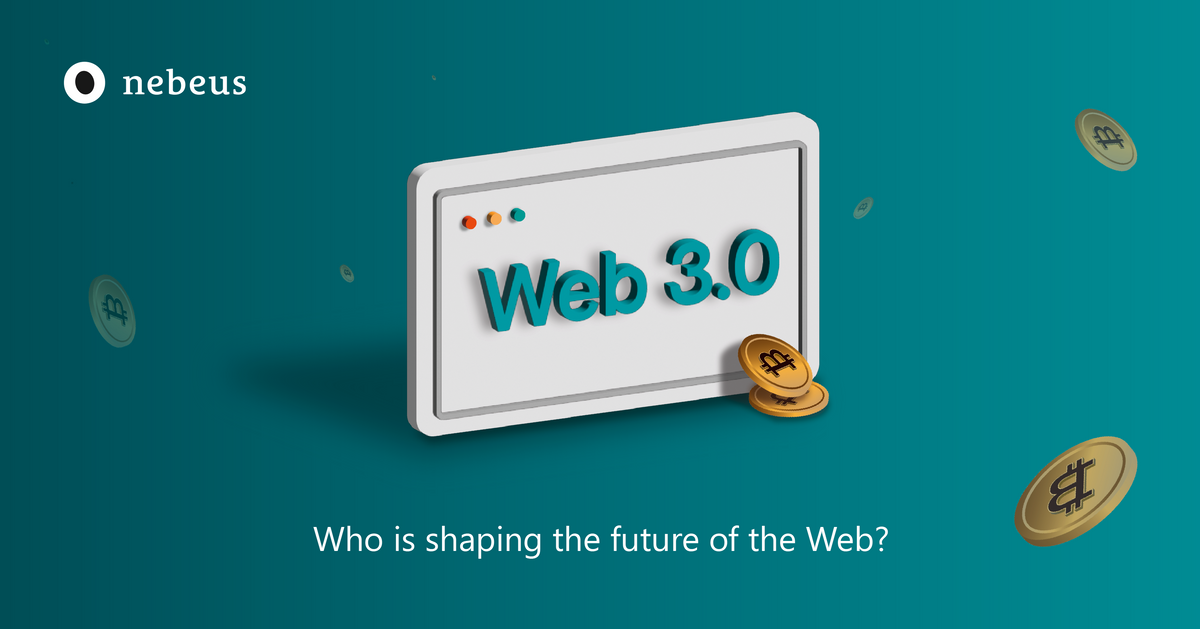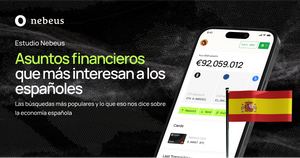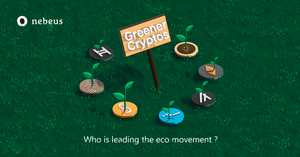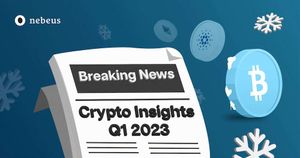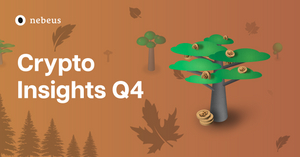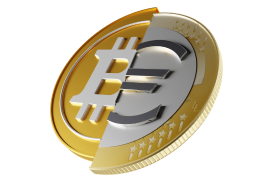If you are an artist and want to jump into the NFT world, we show you where you can sell your digital creations via an NFT marketplace and profit from this booming industry.
Since the explosion of the NFTs (non-fungible tokens) into the modern-day zeitgeist, various platforms and NFT marketplaces have emerged onto the scene. From photographers to digital architects, music producers, to digital illustrators, and everyone in between - the potential to capitalise on your artistry, in a space where previously the money to be made for many was almost non-existent, is now limitless. The best NFT marketplaces are proving incredibly lucrative for artists and developers to sell their digital creations.
Minting and Selling NFTs
Before you can sell your digital creation, it has to be minted; the process whereby your file is uniquely published onto blockchain, verifying its authenticity and subsequently making it purchasable. While ‘minting’ may be an alien term to many, this important process, to allow creations to be listed, is easy with the following sites. They allow you to submit your creations for minting, and eventually, you begin selling them. NFTs for sale on a top NFT marketplace are purchased with cryptocurrencies, typically ETH, but some also allow you to buy via traditional payment methods too.
So, where do you sell your NFTs?
If you’re wondering what is the best NFT marketplace is, here is a list of the top NFT marketplaces for beginners and experts alike.
#1: OpenSea
Probably the most well-known platform, OpenSea has established itself as the go-to for NFT marketplace sellers, reflected in its 1M followers on Instagram at the time of writing. It’s an easy to navigate platform, for both buyers and sellers, with clear instructions along the way. The process of minting is free, but OpenSea does take a cut of your final sale of 2.5%, if indeed it sells.
OpenSea gets the most traffic of all NFTs marketplaces, and also has a hugely diverse audience of buyers. However, it can be hard to get discovered as a new artist given the countless other creators you will be competing with for exposure on the platform. An associated cost of minting is also the ‘gas fee’ - the unit of measuring the amount of computational power taken to perform a transaction on the blockchain. While OpenSea’s first gas price is high, sellers are not asked to pay, from your 2nd NFTs minting onwards.
#2: Rarible
Rarible is not far behind OpenSea in popularity. Rarible has arguably the easiest process for minting and selling, as well as purchasing, which has contributed towards Rarible’s popularity increase, evident in their growing community allowing NFT marketplaces and their sellers and buyers to connect with one another. Like OpenSea, Rarible takes 2.5% of sales. Buyers can deposit via debit and credit cards, meaning the appeal for others to buy your creation may be greater than compared to other platforms, despite final transactions being done in ETH.
It’s also worth noting that both OpenSea and Rarible operate a ‘lazy-minting’ process, meaning the listed creations are only minted, when they are sold, which is both better for the environment, but also means you pay nothing until your creation sells. Rarible also offers ‘gasless’ minting, meaning that fee is not necessary when listing on the platform.

#3: Mintable
Mintable is another platform with a similar offering to Rarible and OpenSea. Mintable also offers both a ‘traditional’ and ‘gasless’ minting, meaning that sellers can once again avoid the gas fee from this process. Mintable charges slightly more for a sale than the previous two platforms, a 5% commission. Unlike Rarible and OpenSea, Mintable does not support audio files, meaning a restriction to the creations that can be listed on the platform.
#4: Foundation
Another ETH only platform, Foundation is on a similar standing to Rarible in popularity. Foundation is well established, specifically in ‘1 of 1’ creations, rather than being able to purchase multiple editions of the same creation. The main difference between Foundation and Rarible and OpenSea is that it is an invite-only platform for sellers, meaning that you can’t simply sign up and begin selling. Not only that, Foundation takes a significantly larger cut of your final sale price, 15%.
#5: SuperRare
SuperRare markets itself as the Sothebys of the NFT world (despite the fact that Sotheby’s has begun dipping its toes into the NFT world), making it the best NFT marketplace for artists. What we mean by that is they don’t just allow anyone to list, in the same way a museum wouldn’t allow simply anyone to showcase their work.‘A network governed by artists, collectors and curators.’ They pride themselves on curating esteemed and acclaimed creators, from the multiple relevant mediums, in order to maintain a level of prestige to their NFT marketplace. Similarly to Foundation, Superare is a more exclusive platform, whereby sellers are invited or you can access by submitting a portfolio.
It’s a great place for those who are more established to list their best NFT work. For those artists who never created digital artwork to begin with, Superrare has proven a catalyst for many to rethink and adapt their intellectual properties, and create versions of their styles for the NFT marketplace world. Like Foundation, Superrare takes a 15% commission, and they also charge buyers a 3% transaction fee too. All parties concerned have to pay for a premium platform!
Conclusion
Minting and selling is a whole new landscape creators are navigating, discovering a new way to capitalise on digital creativity via blockchain technology. If you are a digital creator, it’s within your best interest to get up to speed with this new world, and potentially profit from the best NFT art.
People also ask | FAQ
Which NFT marketplace has the most users?
As of the time of writing, OpenSea holds the title for the most trafficked NFT marketplace. OpenSea has established a broad user base, both in terms of sellers and buyers, thanks to its easy-to-navigate interface and a diverse range of NFT offerings. However, it's worth noting that the NFT landscape is evolving rapidly and popularity among these platforms can shift as new features and marketplaces are introduced.
What kind of NFT sells best?
The beauty of the NFT marketplace is that it hosts a wide variety of digital creations, and the best-selling type often varies depending on the prevailing trends and demands of the market. However, there are a few categories that consistently generate significant interest:
- Art: Digital artwork has been at the forefront of the NFT boom, with some pieces fetching astronomical prices. This includes unique digital paintings, animations, and more.
- Virtual Land: Virtual real estate in digital worlds, such as Decentraland or Cryptovoxels, has seen high demand due to the growing interest in metaverse experiences.
- Collectibles: Digital collectibles, like CryptoPunks or Bored Ape Yacht Club, have consistently performed well, thanks to their limited supply and popularity among NFT collectors.
- Music and Videos: Musicians and content creators are getting into the NFT game, selling unique songs or video clips as NFTs. This category has seen some notable sales, especially from famous artists and celebrities.
- Utility NFTs: These NFTs provide some sort of utility or function within a specific platform or ecosystem. For example, NFTs that serve as access tokens to exclusive content or experiences are seeing increasing interest.
Remember that what sells best can change rapidly in the world of NFTs. It's essential to keep up with current trends and continually adapt to the shifting market.
You can sign up for a Nebeus account to buy, hold, and exchange your crypto.
La inversión en criptoactivos no está regulada, puede no ser adecuada para inversores minoristas y se puede perder la totalidad del monto invertido.


